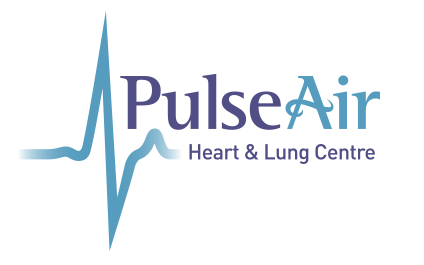In recent years, the landscape of home oxygen services has undergone remarkable transformations, driven by technological advancements that prioritize the well-being and convenience of patients. From lightweight and quiet Portable Oxygen Concentrators (POCs) to cutting-edge Artificial Intelligence (AI) algorithms, these innovations are reshaping the way individuals manage their oxygen therapy. This blog explores the latest developments in home oxygen services and the many benefits they bring to patients.
Lightweight and Quiet POCs
One of the most notable breakthroughs in home oxygen services is the development of lightweight and quiet Portable Oxygen Concentrators. With weights as low as 5-7 pounds and quieter operation, these devices empower patients to engage in daily activities outside their homes. This newfound mobility enhances the quality of life for individuals managing respiratory conditions, enabling them to participate in social events, travel, and exercise without the burden of heavy and restrictive equipment.
Extended Battery Life
Modern oxygen concentrators now offer extended battery life, ranging from 8 to 13 hours. This improvement allows patients to embark on longer outings with reduced reliance on external power sources. The extended battery life enhances the freedom of patients and ensures they can maintain their active lifestyles without the constant worry of running out of battery life.
Connectivity and Data Sharing
In the era of digital health, some oxygen concentrators seamlessly integrate with smartphones and healthcare platforms. This connectivity enables patients and caregivers to remotely monitor crucial parameters such as oxygen levels, flow rates, and activity patterns. By fostering real-time data sharing, these devices facilitate proactive care and early detection of potential issues, enhancing overall treatment outcomes.
Improved Monitoring and Safety
Integrated pulse oximeters and remote monitoring systems further contribute to patient safety. These features allow for continuous monitoring of oxygen levels, providing a comprehensive view of the patient's respiratory status. Other advancements such as fall detection and emergency response systems add an extra layer of security, ensuring rapid assistance in an emergency.
Looking into the Future: Emerging Technologies
Artificial Intelligence (AI) is poised to revolutionize home oxygen services. AI algorithms are being developed to analyze patient data and recommend personalized oxygen therapy adjustments, optimizing treatment and potentially reducing hospital readmissions. Real-time feedback, identification of potential issues with the oxygen concentrator, reminders for equipment refills, and maintenance alerts are just a few ways AI technology is expected to enhance patient care in the future.
Telehealth for Accessibility
Telehealth is making healthcare more accessible and convenient for patients. Virtual appointments provide a platform for patients to consult with healthcare professionals without the need for physical visits. This not only saves time and effort but also ensures that patients receive timely guidance and adjustments to their oxygen therapy plans.
Overall Benefits for Patients
The advancements in home oxygen services result in a multitude of benefits for patients:
- Increased Independence and Activity
- Enhanced Safety and Peace of Mind
- Personalized Care
- Reduced Costs and Improved Efficiency
In conclusion, these innovations not only enhance the quality of life for individuals but also pave the way for a more personalized, efficient, and accessible approach to respiratory care. At PulseAir Heart & Lung Centre, we can help you with all your home oxygen needs, from home oxygen assessments to equipment and supplies, we’ve got you covered. Explore our website or contact us today to learn more about how we can help you.


